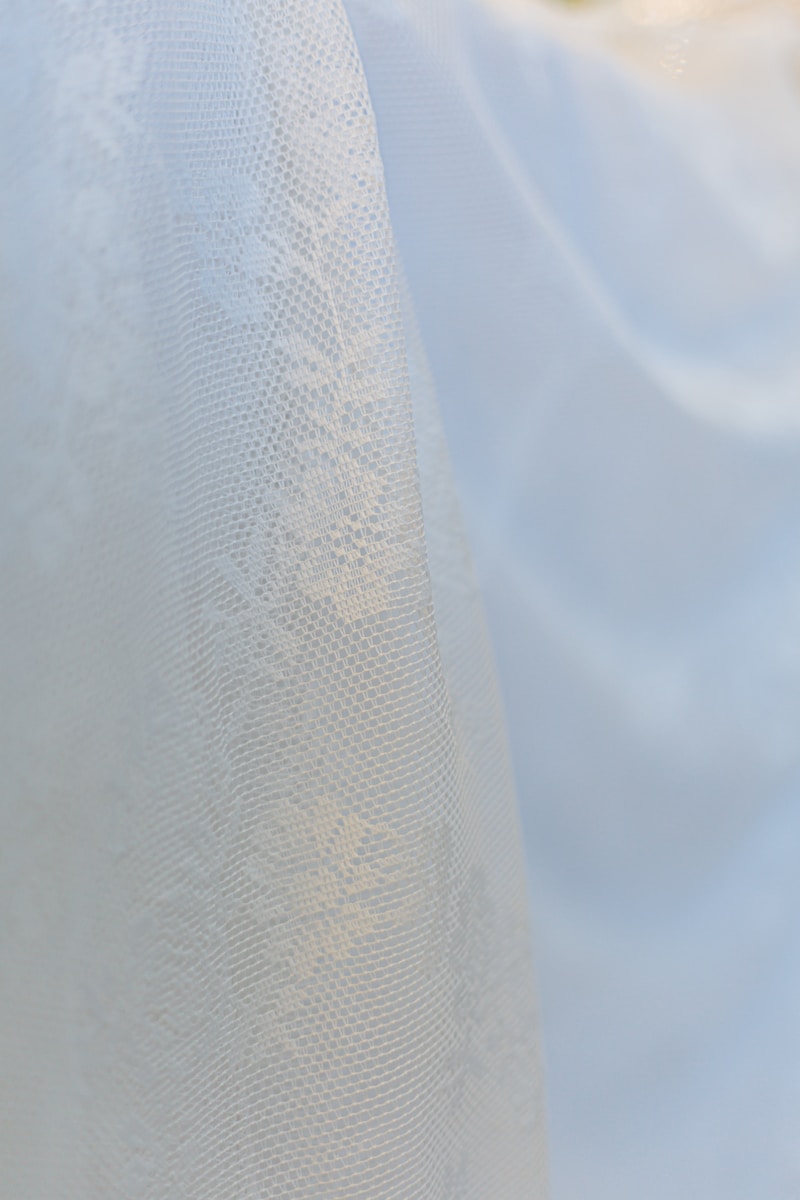Choosing the Right Fabric for Custom Wedding Dresses: A Comprehensive Guide
Choosing the Right Fabric for Custom Wedding Dresses: A Comprehensive Guide
When it comes to planning a wedding, one of the most important decisions for brides is selecting the perfect custom wedding dress. Choosing the right fabric plays a crucial role in defining the overall look, feel, and cost of the wedding dress. In this article, we will explore various fabric options, tips for making the right choice, and factors to consider in the design process. This guide will also answer frequently asked questions about custom wedding dresses and their fabrics.
The Importance of Fabric in Wedding Dresses
The fabric of a wedding dress can dramatically affect its appearance, comfort, and style. It not only determines how the dress fits and flows but also influences how it interacts with light and movement. Understanding different fabrics is essential to making an informed decision that aligns with your vision for your big day.
Common Fabrics for Custom Wedding Dresses
| Fabric Type | Description | Pros | Cons |
| Satin | A luxurious fabric with a smooth, glossy surface | Elegant appearance, great drape | Can be heavy, may not breathe well |
| Chiffon | A lightweight, sheer fabric that adds an ethereal touch | Flowy and romantic, great for layering | Can be delicate; not suited for structured designs |
| Lace | Intricate fabric often used for overlays or details | Timeless elegance, offers texture | Can be expensive; may require careful handling |
| Organza | A lightweight, sheer fabric often used in overlays | Gives volume, adds sophistication | Stiffness may not be comfortable, can be sheer |
| Tulle | A net-like, lightweight fabric typically used in skirts | Great for poofy skirts, versatile | Can be itchy; may require lining |
Factors to Consider When Choosing Fabric
When selecting a fabric for a custom wedding dress, consider the following factors:
1. Wedding Theme and Venue
The theme of your wedding and the venue can significantly influence your fabric choice. A formal indoor wedding might suit heavier fabrics like silk or satin, while a beach wedding may call for lighter materials like chiffon or tulle.
2. Season
Consider the season in which you’ll be getting married. In summer, breathable fabrics such as cotton or chiffon will help keep you cool, while heavier fabrics like satin are better suited for winter weddings.
3. Comfort and Fit
Ensure that the fabric you choose is comfortable against your skin and that it allows for movement, especially if you plan to dance. Fabrics with a bit of stretch, such as jersey or spandex blends, can provide a better fit.
4. Body Type
Different fabrics can flatter various body types. For example, flowing fabrics like chiffon can enhance a romantic silhouette, while structured fabrics like satin can create a more defined shape.
Popular Trends in Wedding Dress Fabrics
Fashion evolves, and wedding dress fabrics are no exception. Here are some trending options:
1. Sustainable Fabrics
With a growing emphasis on sustainability, fabrics made from organic cotton, bamboo, or recycled materials are becoming popular. These options not only reduce the environmental impact but also offer unique textures and styles.
2. Metallic Fabrics
For the modern bride, metallic fabrics add a touch of glamour and shine. These fabrics can be used as an accent or the main material for a bold statement dress.
3. Bold Color Choices
While traditional white and ivory remain classic choices, brides are increasingly opting for colored wedding dresses. Fabrics in soft pastels, rich jewel tones, or even subtle patterns can add individuality to your gown.

Working with a Designer
Collaborating with a designer can help bring your vision to life. Here are some tips for working effectively with a custom wedding dress designer:
1. Communicate Your Vision
Show your designer inspiration images and describe the style you are aiming for. Be open to their input, as they understand fabric behavior and design.
2. Discuss Fabric Choices
Ask to see fabric swatches and feel them against your skin. Your designer can also suggest which fabrics suit your design concept and body type best.
3. Schedule Fittings
Regular fittings are essential to ensure that the dress fits perfectly. Make sure to discuss your comfort with various fabrics during fitting sessions.
Common Questions About Wedding Dress Fabrics
Here are some frequently asked questions regarding wedding dress fabrics:
1. What are the best fabrics for a summer wedding dress?
Lightweight and breathable fabrics such as chiffon, organza, and lace are ideal for summer weddings as they help keep you cool and comfortable.
2. How can I prevent fabric-related issues?
Make sure to pre-wash or treat your fabric to avoid shrinkage or color bleeding. Additionally, ensure the fabric is suitable for the weather conditions of your wedding day.
3. Can I mix different fabrics in my dress design?
Yes, mixing fabrics can create a unique and fashionable look. Pairing structured fabrics with softer ones can also enhance the overall design.
Final Thoughts
Choosing the right fabric for your custom wedding dress is just as crucial as selecting the dress's style. By considering factors such as your wedding theme, season, comfort, and body type, you can ensure that your gown will not only look stunning but also feel fabulous as you celebrate on your special day. Collaborate with your designer to explore options and embrace the creative process. Ultimately, the right fabric can elevate your wedding dress to a piece of art that you will cherish forever.
In conclusion, take your time to explore various fabric options and don’t hesitate to ask questions or seek advice from professionals. Your dream wedding dress is just a fabric choice away!
